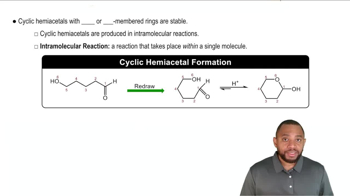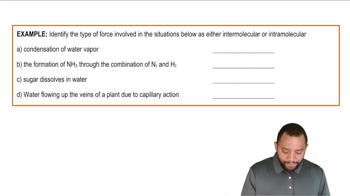Propyl acetate is the ester that gives the odor and smell of pears.
b. Use condensed structural formulas to write the balanced chemical equation for the formation of propyl acetate.

 Verified step by step guidance
Verified step by step guidance Verified video answer for a similar problem:
Verified video answer for a similar problem:



 1:5m
1:5mMaster Ester Reactions: Esterification Concept 1 with a bite sized video explanation from Jules
Start learning